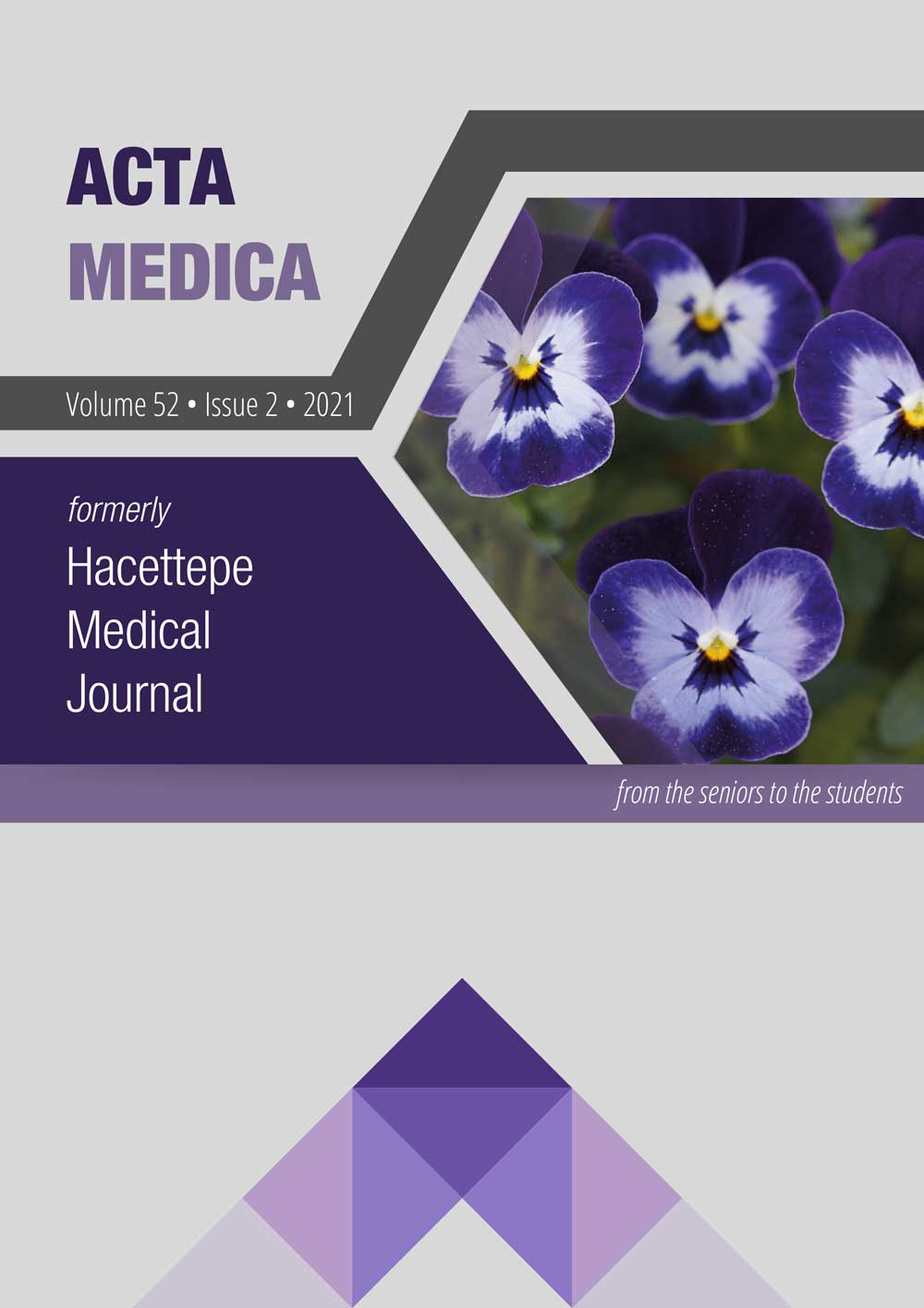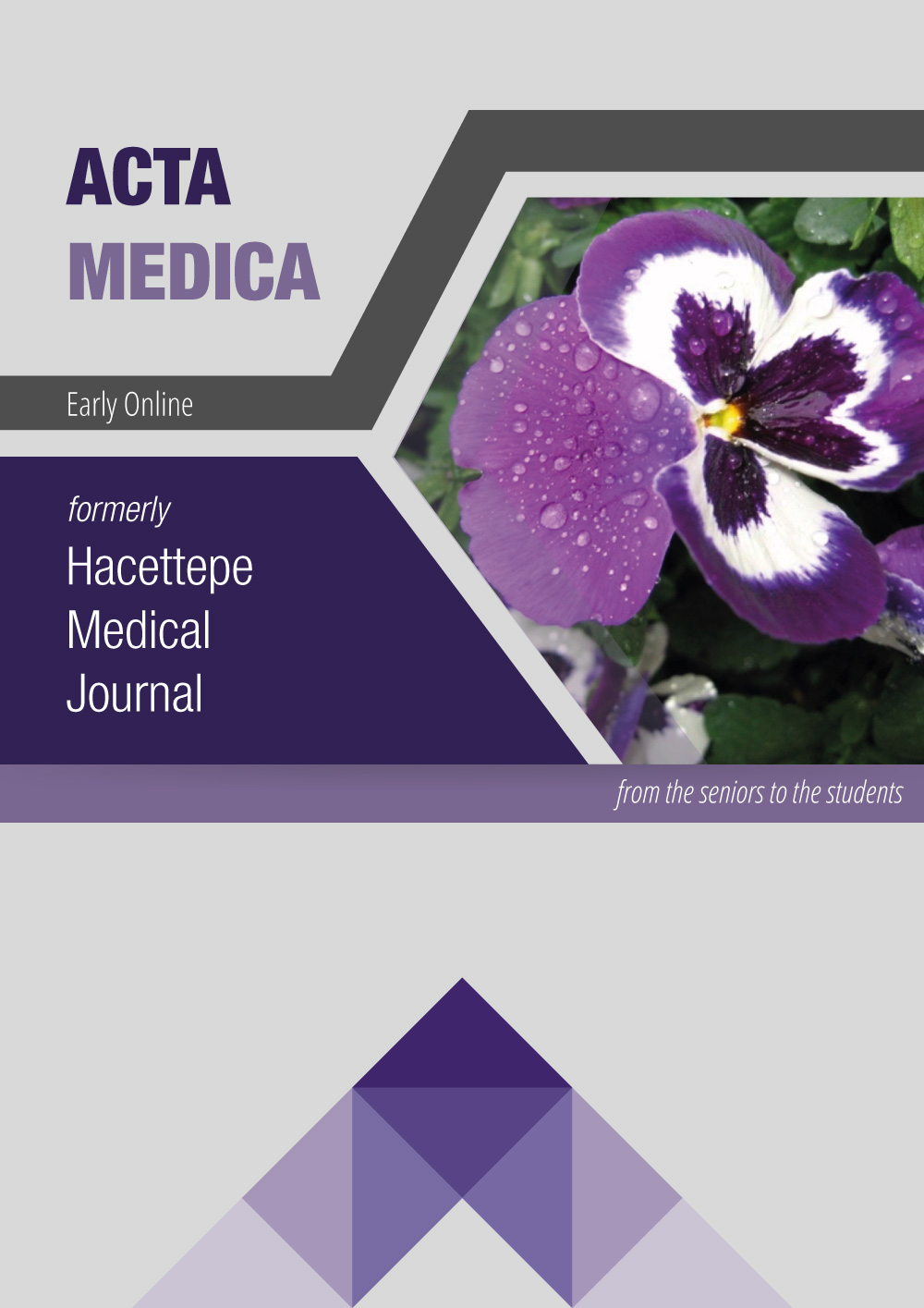Premenstrual Syndrome as a Sleep Disturbing Factor: A Cross-Sectional Study
DOI:
https://doi.org/10.32552/2021.ActaMedica.561Abstract
Objective: To evaluate the lifestyle factors possibly related with premenstrual syndrome which were body mass index, coffee intake, smoking, regular physical exercise, and alcohol consumption, and investigate the impact of these lifestyle factors and premenstrual syndrome on sleep quality.
Methods and Methods: This cross-sectional study included 265 participants, and all applied Pittsburgh Sleep Quality Index and Premenstrual Syndrome Scale questionnaires.
Results: The prevalence of premenstrual syndrome among the participants was 57% (n:150). Participants with premenstrual syndrome had shorter total sleep time (p:0.001). Also, they needed longer time to fall asleep (p:0.001). The Pittsburgh Sleep Quality Index scores of the participants with premenstrual syndrome were higher than those without premenstrual syndorme (p<0.001), indicating poor sleep quality. It was observed that the participants with premenstrual syndrome had more coffee intake (p:0.040) and more regular physical activity (p:0.009), which were risk factors of premenstrual syndrome. premenstrual syndrome positivity was associated with increased poor sleep quality in both univariate and multivariate analyses (OR:5.93 95% CI: 3.46-10.15, p<0.001; OR:5.61 95% CI: 3.19-9.88, p<0.001, respectively). The remaining variables, which were risk factors of premenstrual syndrome, didn’t have any statistically significant association with sleep quality.
Conclusion: The important relation between premenstrual syndrome and sleep quality is highlighted. Relief of premenstrual syndrome complaints may lead to better sleep quality and enhancement of quality of life for a woman.


